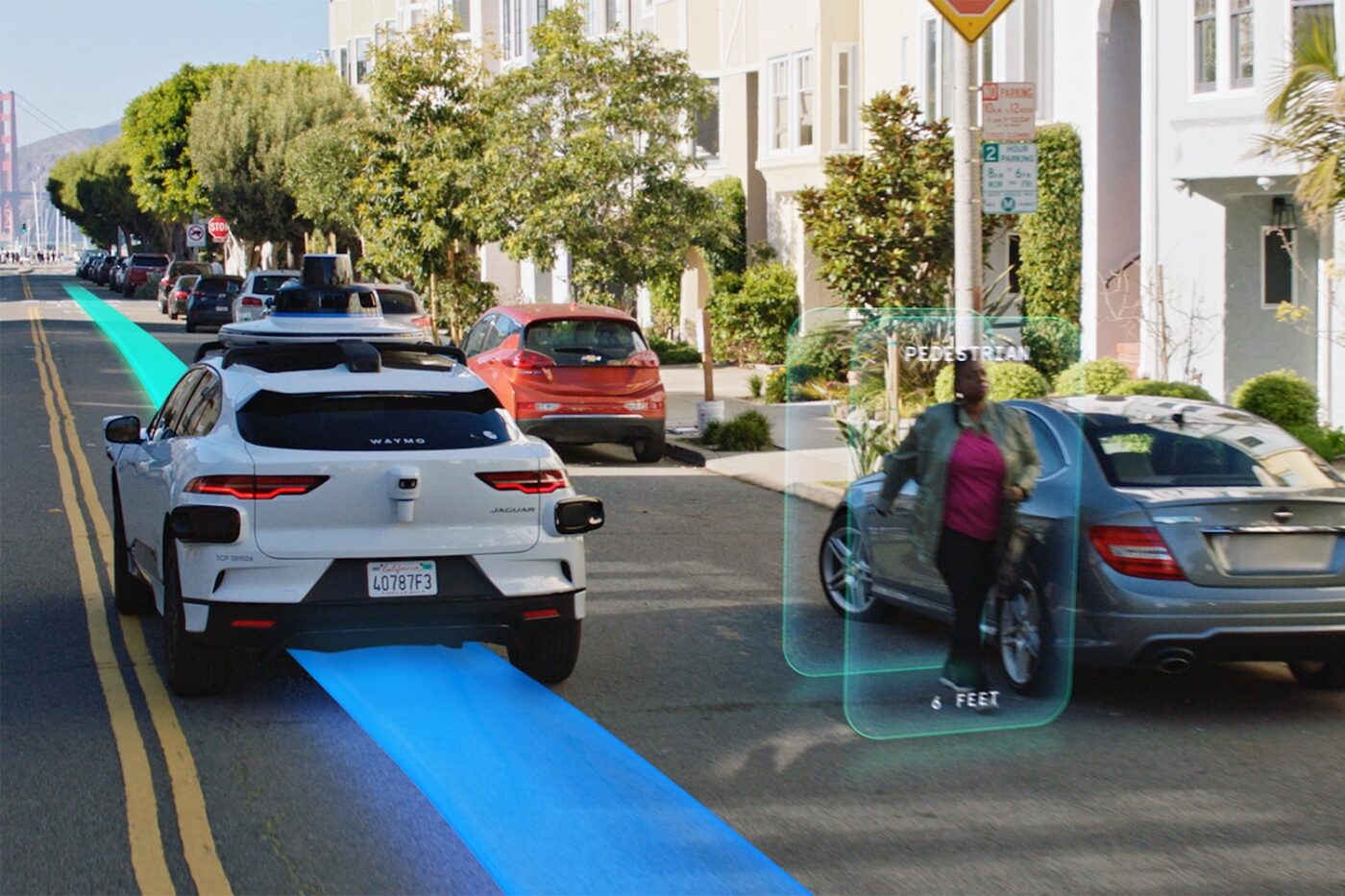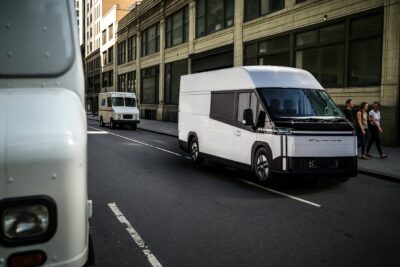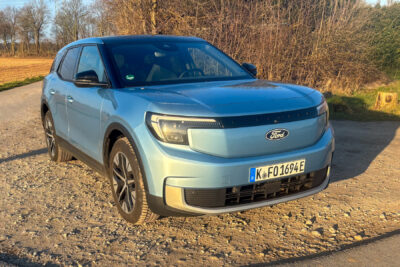Waymo prepares to launch robotaxi service in Atlanta
Waymo, a sister company of Google, had already announced its intention to expand to Atlanta in September. However, unlike in the first three Waymo operating areas of San Francisco, Phoenix and Los Angeles, Waymo will not operate the service in Atlanta itself, but the ride-hailing company Uber will. Uber will manage the vehicle fleet itself. And customers will not be able to order the robotaxis there via Waymo’s app ‘Waymo One,’ but instead exclusively via the Uber app.
The two companies had previously cooperated in Phoenix: Although Waymo itself is the operator of the fleet there, the vehicles can be ordered either via Waymo One or via Uber. A third cooperation location is located in Austin, Texas, where a select group of users can already order Waymo robotaxis via Waymo One. However, the location is to be handed over to Uber so that orders in Austin can then also only be placed via Uber. At the same time, new competition has been announced in Austin: Tesla is also planning to launch a robotaxi service in the city in June. However, Tesla has yet to prove that it is technologically capable of offering a completely driverless service, as Waymo has been doing for some time.
The fact that Waymo is already ready to have employees chauffeured around Atlanta by robotaxis shows that the company is making good progress with its expansion course. The news comes around three months after the company closed a $5.6 billion Series C round at a valuation of $45 billion. The round was led by notable investors including Alphabet, Andreessen Horowitz, Fidelity, Tiger Global and others.
The company also announced earlier this week that it plans to conduct tests in ten new cities this year, starting with San Diego and Las Vegas. However, these will not be fully autonomous journeys straight away, but rather “road trips.” The vehicles will be controlled manually and the test drives are not intended to be a precursor to the launch of a commercial robotaxi service in the respective city. Rather, such “road trips” will serve to find out how well its self-driving system adapts to new locations with different weather conditions and regional driving habits.
“So what we’re looking for is places that are going to challenge our system and look very, very different,” Nick Rose, product manager for Waymo’s expansion efforts, told US blog The Verge. “Vegas is pretty interesting because, I mean, if you’ve ever been to Vegas, it’s pretty unique among a lot of US cities.” Las Vegas is known for its heavy traffic and chaotic spill-out zones in front of the hotels and popular casinos along the Strip. In addition, the streets are lined with so-called botts’ dots instead of painted lane lines, and the road layout is often derided as absolute chaos. San Diego, on the other hand, compares similarly to cities where Waymo already operates, Rose said. “What we wanna validate is that the system performs well in San Diego without having a ton of prior driving information there,” he added.
Waymo plans to send fewer than ten vehicles to each city, where they will be driven around manually for a period of a few months. The vehicles will be limited to busy business districts, as these are the areas where Waymo’s robotaxis are most likely to be used.
In addition to Atlanta and Austin, another city where Waymo plans to launch is Miami in 2026, where Waymo wants to work with Moove, a vehicle financing startup from Nigeria. Moove will take over the operational business there, as well as at Waymo’s existing location in Phoenix, while Waymo wants to focus more on its autonomous driving technology.
techcrunch.com (Atlanta), theverge.com





0 Comments